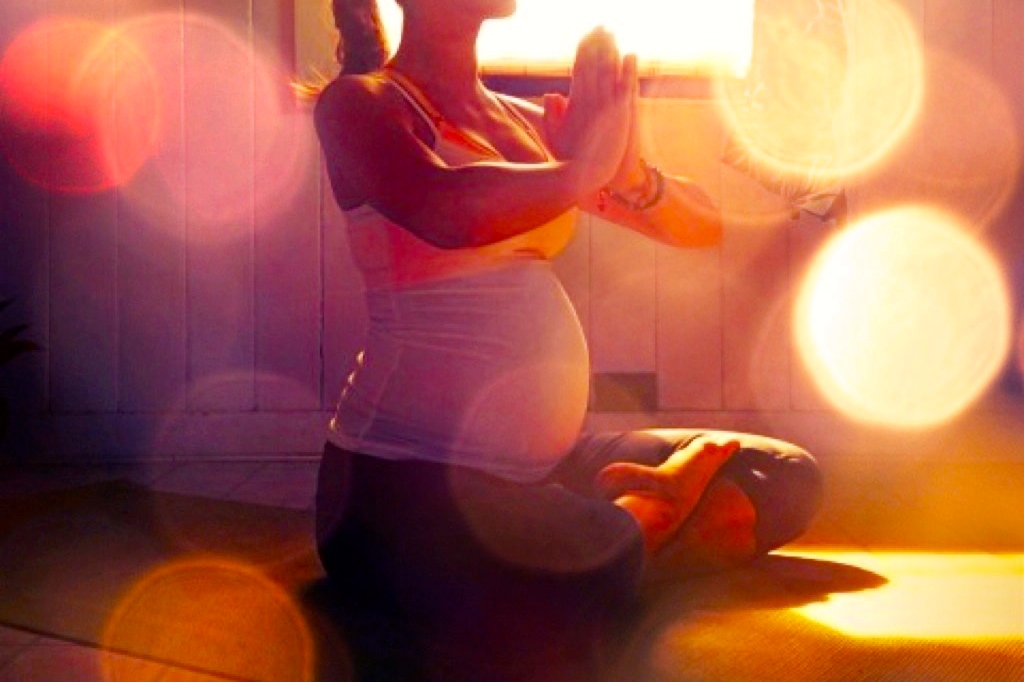Being a pregnant woman, you often find yourself in situations where people engage you in conversations about child birth, labor pains, and natural vs. assisted labor. Sometimes, this may be at a family gathering where your aunt is sharing her delivery experience or in the office cafeteria where a colleague would tell you about her emergency caesarian.
While these personal accounts are insightful, they are also confusing. Especially, when you’re a first time mom, processing all this information can be difficult. So, when you’re going through an information overload, just take a step back and breathe.
In 2015, nearly 4 million women gave birth in the United States and each of them had her own unique birthing experience. While, everyone experiences labor pains differently, a general guide can help you understand what to expect, what’s normal, and when should you be seeking medical assistance.
Why does the intensity of labor pain vary from woman to woman?
We always hear that labor contractions and labor pains are different for every woman. For some women, labor lasts for a few hours while others have to endure the pain for days. For some women it just takes 2-3 ‘pushes’ while others struggle to get the baby to leave the comfortable, familiar surroundings of the womb.
For starters, contractions are the main source of labor pain. When the uterus contracts to push the baby out, you feel labor pains. Labor pain can range from feeling like constipation and menstrual cramps to being absolutely unbearable.
While the general trajectory is the same; the pain gets stronger over the duration of labor, the intensity of pain everyone feels is different. This is because a combination of different factors affect how our body reacts to pain.
Firstly, it is the strength of the contractions. As the contractions get more intense and closer together the pain intensifies. The labor pains also depend on whether you experience natural labor or induced labor. At times, labor is induced through Pitocin, a synthetic hormone, identical to oxytocin, the natural hormone which is made by your body to start contractions. Pitocin can cause harder, more frequent contractions.
Another crucial factor is the baby’s size. When you are having a baby weighing more than 8 pounds and 13 ounces, you are likely to experience more intense labor pains, longer labor, and a higher risk of requiring a caesarian. This is called fetal macrosomia. One way to avoid this is monitoring your weight closely, being in touch with your physician, and manage diabetes if you’ve been diagnosed with it.
Your labor contractions can also be affected by your baby’s position. According to Cleveland Clinic, in an ideal scenario, the baby is positioned head-down, facing your back, with the chin tucked to its chest and the back of the head ready to enter the pelvis. This is called cephalic presentation.
Usually babies can move into this position anytime during the last few weeks of pregnancy. To help you out midwife, Jean Sutton, and antenatal teacher, Pauline Scott, have devised a theory called Optimal Fetal Positioning’ (OFP). These steps and movements can help in changing the way the baby is positioned to make birth easier.
Lastly, the labor pains are also impacted by your genetics and your individual pain threshold. Where there is little you can do to change that, what helps is having your loved ones around, taking deep breaths, and even playing your favorite music!
Labor contractions and the three stages of labor
According to the National Institute of Child Health and Human Development, every woman goes through three stages of labor. The first stage of labor is usually the longest, particularly if you’re a first time mom.
This stage of labor can be divided into early labor and active labor. During early labor, the cervix starts to dilate, contractions last between 30-60 seconds and are 5 to 20 minutes apart. What follows is active labor. This is where the contractions are more intense, closer together, and you start feeling pressure on your lower back as the baby moves into the birth canal.
The stage two of labor is when the cervix is fully dilated (10 cm) and the labor contractions are the most intense. Crowning starts to happen and the baby’s head is clearly visible. This is when you push and deliver the baby.
The last stage of labor begins when the baby has been delivered and the umbilical cord has been cut. This is when the placenta has to be delivered. During the pregnancy, the placenta plays a crucial role in providing oxygen and nutrients to your baby and removing waste products from your baby’s blood. After you give birth, you continue to have mild contractions, until the placenta separates from the wall of the uterus and leaves your body.
What can help lessen the labor pains?
This is the question that every mother-to-be has thought about. Keeping it natural or opting for a method of pain relief is a choice that’s completely up to you. Today, there are a lot of options available that can help you manage the labor contractions and deal with labor pains.
If you’re nervous about delivering the baby or are a first-time mom who has no clue about what you’re in for, having a doula really helps. A doula is a professional trained in childbirth who works with the mother-to-be and her family, physicians, and nurses to enhance the birthing experience.
Doulas provide emotional, physical, and educational support and help you through your prenatal, birth and immediate postpartum period. According to a study, the involvement of doula has proven to be a cost-effective method that improves outcomes for mothers and babies. It also reduces cesarean births, birth complications, and medical interventions.
If you’re pro-natural birth, you can still relieve the labor pains through walking, changing positions, warm baths, meditation, and even a massage. Controlled breathing can also help you relax and decrease the perception of pain. Known as the Lamaze method, these breathing and relaxation techniques can help you avoid unnecessary medical intervention.
Water birth is another popular birthing method which is believed to help in reducing labor time and easing labor pains. For healthy, full-term pregnant women, being in water can reduce labor by half an hour.
Warm water is not only relaxing but the buoyancy of the water can also help with uterine contractions and allow you to move freely and try different birthing positions. Additionally, it also improves blood circulation which provides more oxygen for the baby and lessens the pain for you.
As labor contractions are definitely not one the most pleasant part of delivering your little one. You can also choose an epidural to significantly lessen the pain. According to the American Pregnancy Association, more than 50% of women giving birth at hospitals use epidural anesthesia.
Usually epidural can be placed until the cervix is 4 to 5 cm dilated. It’s a regional anesthesia that blocks the nerve impulses from the lower spinal area, numbing sensation in your lower body and reducing the pain cause by labor contractions. While it offers pain relief, it does not let you feel the contractions, which is why women using epidural sometimes end up requiring other medical interventions.
Also Read: Electric Shock-like Pains on Face’s Right Side were due to Trigeminal Neuralgia
Can exercise affect labor contractions?
The way you choose to spend the nine months of your pregnancy, has a significant impact on your labor. Multiple studies show that if you’re fit during your pregnancy, you can actually have shorter labor, fewer medical interventions, and less exhaustion.
Research done at the Technical University of Madrid also verified that expectant mothers who participated in aerobic workouts during their pregnancies spent less time in labor.
508 healthy pregnant women, who signed up for the study were divided into two groups. The women who were assigned moderate aerobic exercises witnessed shorter duration of labor.
Additionally, according to the Centers for Disease Control and Prevention, healthy pregnant women should get at least 150 minutes of moderate-intensity aerobic activity every week. This could either be a brisk walk, yoga or even a simple work-out.
You can choose from a variety of prenatal exercises that are available online or at fitness studios. Pilates and yoga are most popular because they help in keeping the pelvis loose and prepare your body for delivery.
Once you create an exercise plan, choose your pain relief method, and assemble your support team, you’re ready to face your labor contractions head-on. If you have questions about labor pains, contractions, and pregnancy, our doctors are here for you. Click below and join over 50,000 members using our 100% free online doctor chat today.
Author: Erum is a public relations professional who specializes in technology comms. She is an avid reader, a travel enthusiast, and a self-proclaimed story-teller. Before joining the content team at Your Doctors Online, Erum was the PR manager at Hill & Knowlton Strategies and was handling communications and content strategy for a diverse portfolio of brands. She is also a new mom who is finding her way around motherhood.








